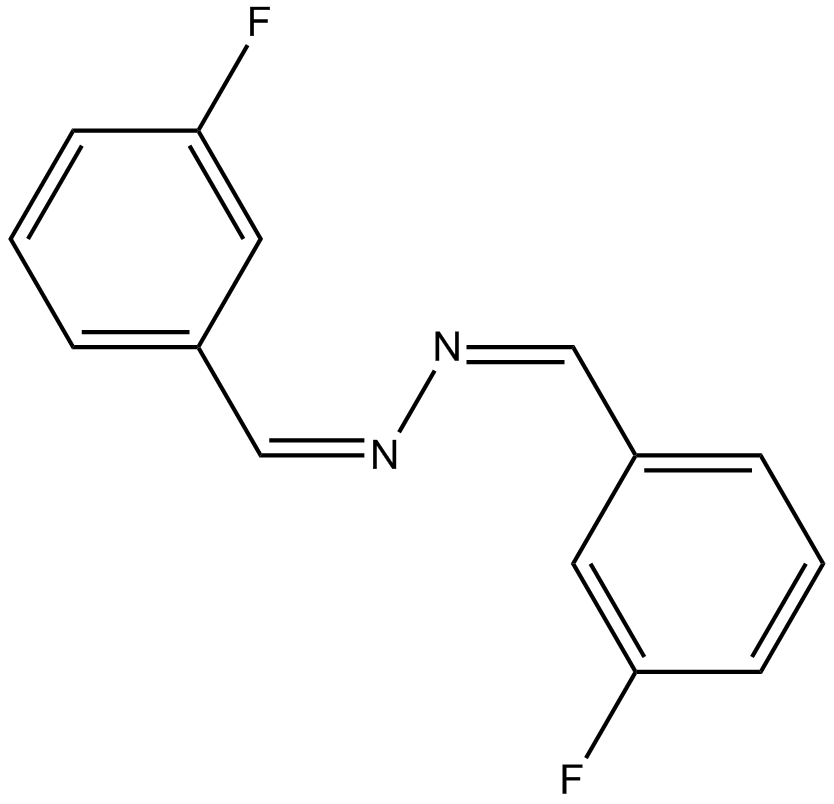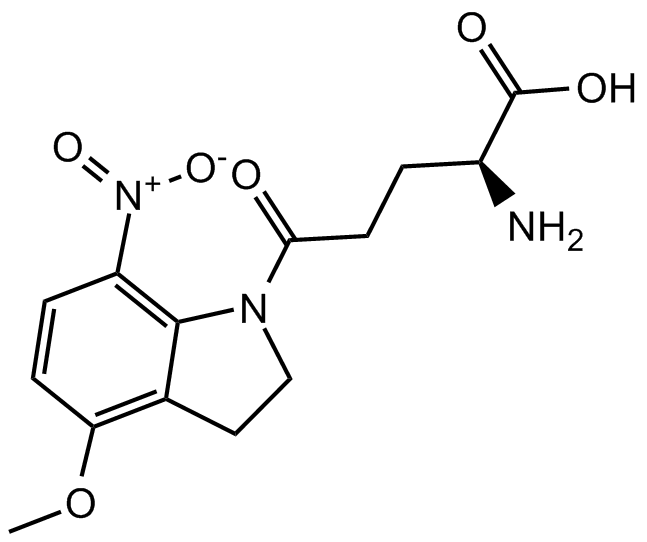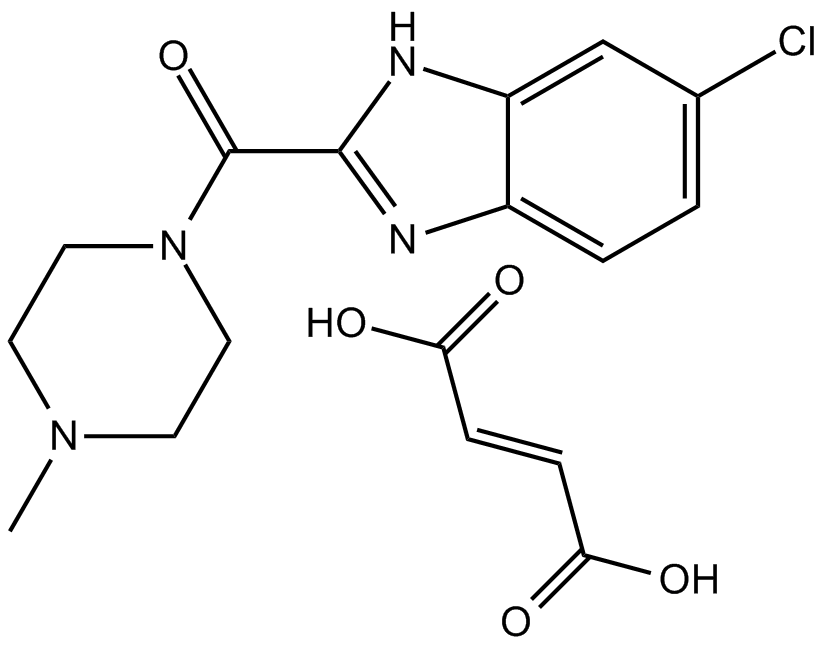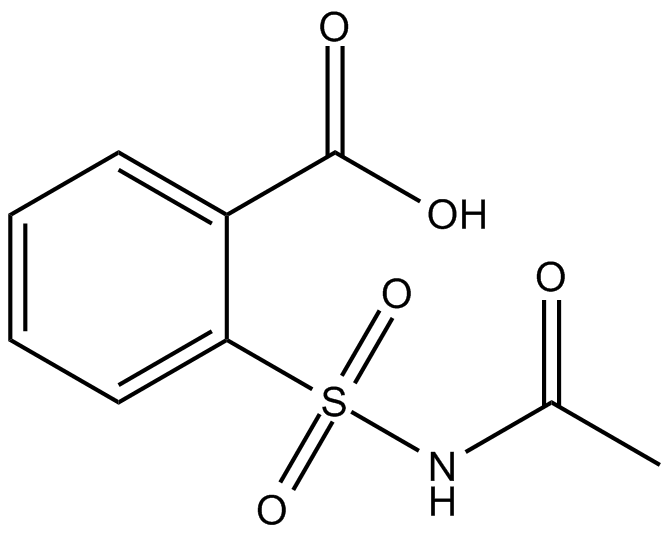Neuroscience

Neurotransmitter receptors function via various G-protein coupled and G-protein independent mechanisms that activate downstream intracellular signaling pathways such as cAMP/PKA, PI3K/AKT, phospholipase A2, and phospholipase C pathways. For instance, dopamine receptors act through adenylate cyclase to activate PKA and other signaling molecules, thereby mediate gene expression through the actions of CREB and other transcription factors. Other neurotransmitters such as NMDAR or AMPAR are associated with ion channels that control flux of Ca2+ and Na+, thus propagating the action potential across the post-synaptic neuron.
Dysfunctions in GABAergic/glutamatergic/serotonergic/dopaminergic pathways result in a broad range of neurological disorders such as chronic pain, neurodegenerative diseases, and insomnia, as well as mental disorders including schizophrenia, bipolar disorder, depression, and addiction.
-
 B2258 Tropisetron HydrochlorideTarget: 5-HT3 ReceptorsSummary: 5-HT3 receptor antagonist
B2258 Tropisetron HydrochlorideTarget: 5-HT3 ReceptorsSummary: 5-HT3 receptor antagonist -
 B6936 (R)-(-)-Apomorphine hydrochlorideSummary: Prototypical dopamine agonist
B6936 (R)-(-)-Apomorphine hydrochlorideSummary: Prototypical dopamine agonist -
 B6806 DFBSummary: allosteric potentiator of mGlu5
B6806 DFBSummary: allosteric potentiator of mGlu5 -
 B7071 Proxyfan oxalateSummary: histamine H3 receptor ligand
B7071 Proxyfan oxalateSummary: histamine H3 receptor ligand -
 C5264 (S)-FlurbiprofenSummary: inhibitors of COX-1 and COX-2
C5264 (S)-FlurbiprofenSummary: inhibitors of COX-1 and COX-2 -
 B2256 SB742457Summary: 5-HT6 receptor antagonist,highly selective and high affinity
B2256 SB742457Summary: 5-HT6 receptor antagonist,highly selective and high affinity -
 B6911 NomifensineSummary: noradrenalin and dopamine uptake inhibitor
B6911 NomifensineSummary: noradrenalin and dopamine uptake inhibitor -
 B6761 MNI-caged-L-glutamateSummary: rapidly and efficiently releases glutamate
B6761 MNI-caged-L-glutamateSummary: rapidly and efficiently releases glutamate -
 B7055 JNJ 10191584 maleateSummary: histamine H4 receptor silent antagonist
B7055 JNJ 10191584 maleateSummary: histamine H4 receptor silent antagonist -
 C5074 N-acetyl-2-carboxy BenzenesulfonamideSummary: non-selective inhibitor of COX
C5074 N-acetyl-2-carboxy BenzenesulfonamideSummary: non-selective inhibitor of COX

